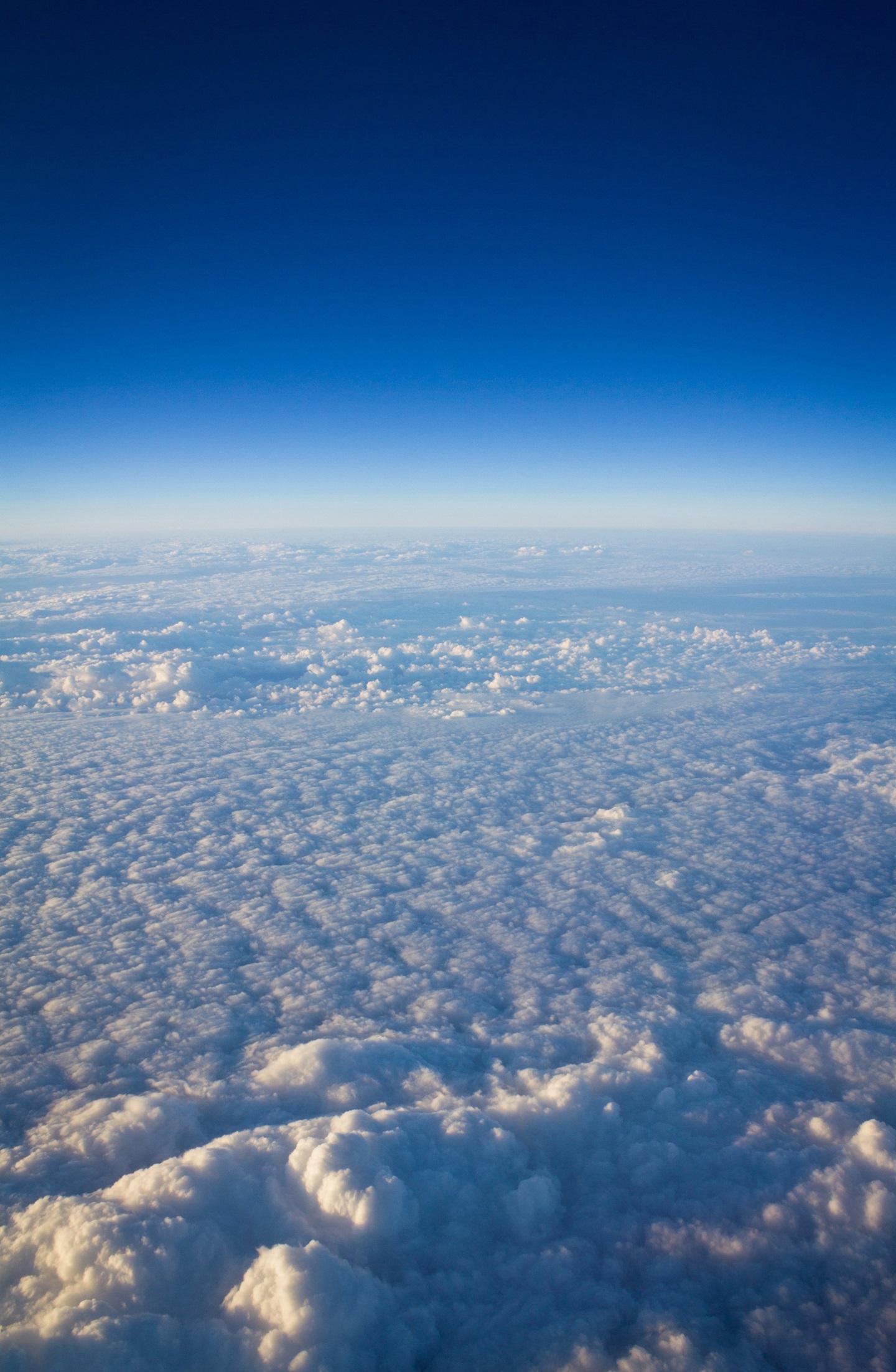Space Weather VOL.23 ISSUE 3 | 23 March 2025
First Global Machine Learning Model to Predict the Rate of TEC Index (ROTI) Response to X‐Class Solar Flares
Alireza Mahmoudian + Fatemeh Ghorbali + Mehrdad Vazifehkhah
Solar flares are bursts of electromagnetic radiation originating in the Sun's atmosphere. Solar flares cause a rapid increase in ionization in the ionosphere, resulting in...
Journal of Geophysical Research: Space Physics VOL.130 ISSUE 3 | 25 March 2025
Broadband Receiver for VLF On‐Orbit Wave‐Particle Interaction Experiments
Ivan Linscott + Ben Mossiwir + Charles Wang ...
A broadband, multi‐channel Very Low Frequency (VLF) radio receiver (BBR), developed as a sensitive analog, vector wave receiver for whistler‐mode signals in the...
Space Weather VOL.23 ISSUE 3 | 23 March 2025
Measurements and Modeling of Electron Precipitation Induced by the Ionospheric Heating Experiment
Haotian Xu + Wei Xu + Binbin Ni ...
Through the emission of high‐frequency radio waves, ground‐based heating facilities can generate Extremely‐Low‐Frequency (ELF) and Very‐Low‐Frequency...
Journal of Geophysical Research: Space Physics VOL.130 ISSUE 3 | 17 March 2025
Impact of Sudden Stratospheric Warming and Elevated Stratopause Events on the Very Low Frequency Radio Signal
Helen Schneider + Daniela Banyś + Marc Hansen ...
Sudden Stratospheric Warmings (SSW) and Elevated Stratopause (ES) events are mid‐to‐high latitudinal, atmospheric wave‐driven phenomena leading to significant...
Radio Science VOL.60 ISSUE 3 | 18 March 2025
Effect of Ground Conductivity on VLF Wave Propagation
Pauline Teysseyre + Carine Briand + Morris Cohen ...
Very Low Frequency (VLF, 3–30 kHz) waves propagate long distances in the waveguide formed by the Earth and the lower ionosphere. External sources such as solar...






